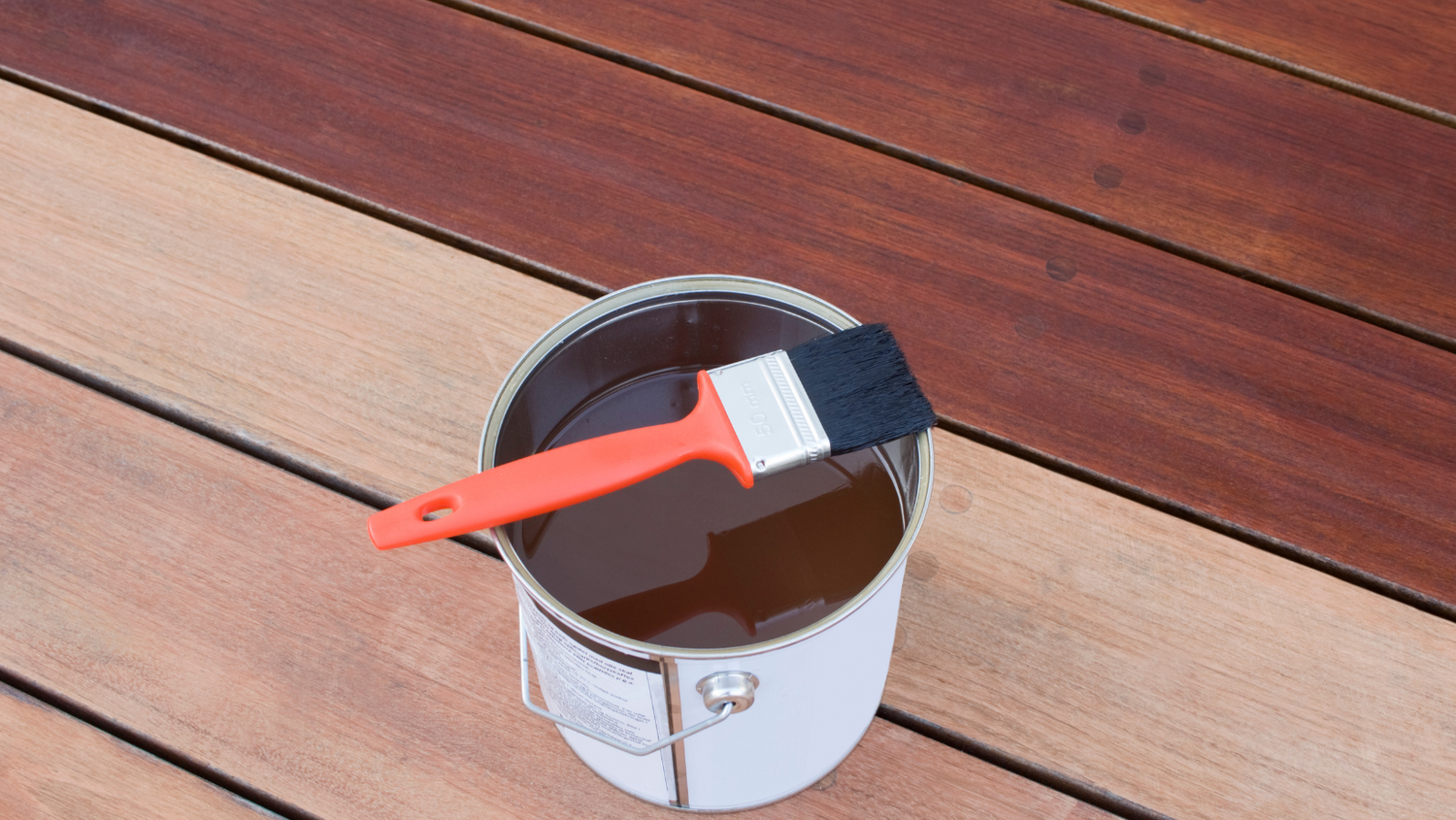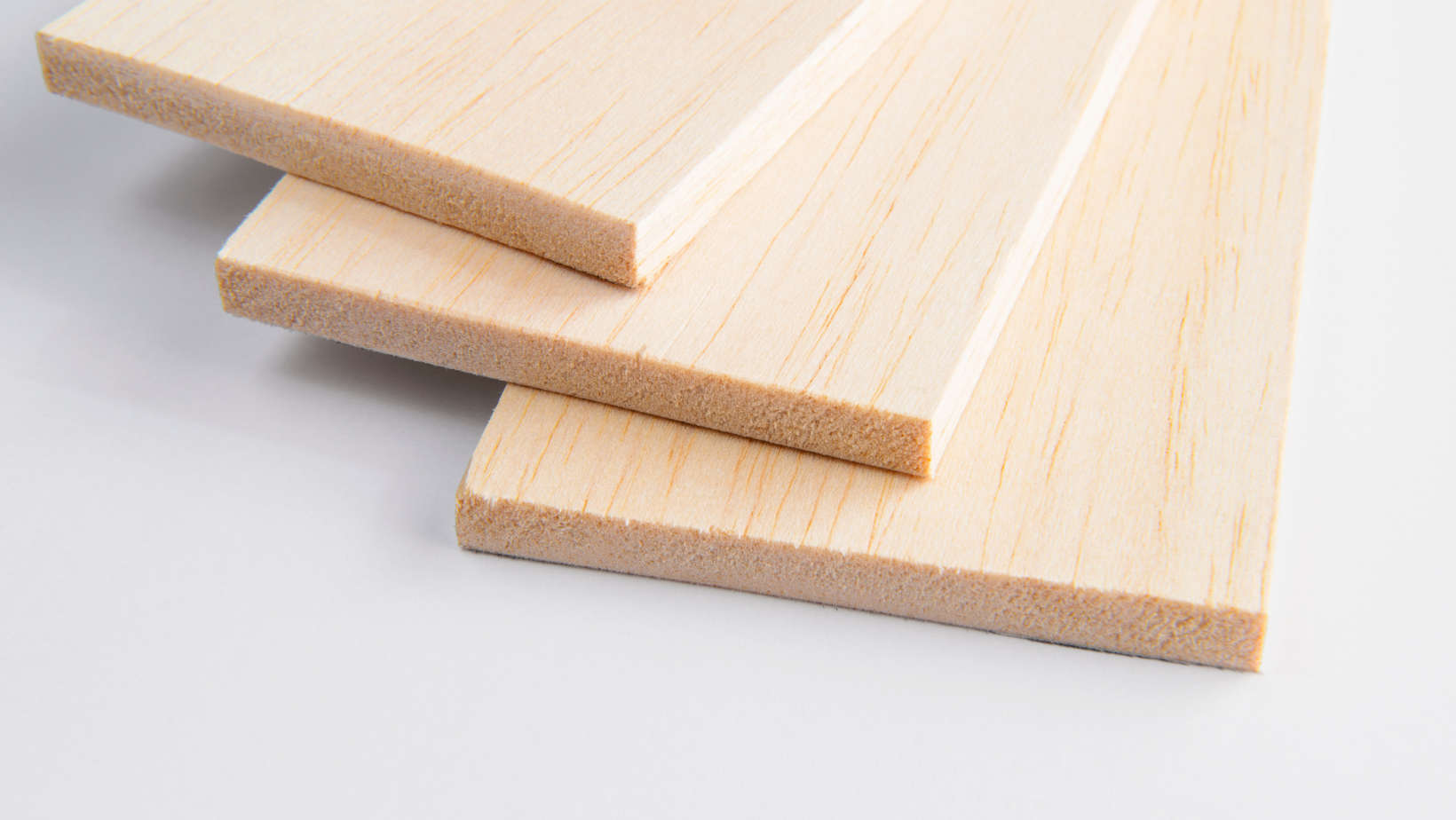Want to upgrade your stairs without hiring a contractor?
Here's how to finish wood stair treads: sand the surface smooth, clean off all dust, then apply thin coats of your chosen finish—like polyurethane—allowing each coat to fully dry before the next.
Doing this correctly protects the wood, enhances its natural beauty, and makes your stairs safer.
In this guide, you'll learn everything from choosing the right finish to preventing slippery surfaces and adding comfort with carpet stair treads.
Whether you're working with solid hardwood or using hardwood flooring for stair treads, we’ll walk you through every step.
The result? A staircase that’s both stunning and family-friendly.
Why Proper Finishing Makes All the Difference
Finishing your stair treads isn’t just about good looks—it’s about longevity, safety, and easy upkeep.
The right finish protects against dirt, moisture, and scratches while bringing out the natural grain and richness of your wood.
Here’s what a high-quality finish delivers:
-
Durability that stands up to heavy foot traffic
-
Protection from stains, scuffs, and spills
-
Safety with added slip resistance
-
Enhanced appearance with a polished, professional look
Cutting corners here can cost you in the long run—both in terms of appearance and performance.
How to Finish Wood Stair Treads Step-by-Step
Finishing stair treads might seem intimidating at first, but it’s a project many homeowners can confidently tackle.
Here's how to do it the right way:
1. Sand the Surface
Start by sanding your wood stair treads using a fine-grit sandpaper (typically 120 to 150 grit).
This creates a smooth surface that allows your finish to bond better and eliminates imperfections.
Make sure to sand in the direction of the wood grain—not across it—to avoid scratches.
2. Clean Up Completely
Dust is your enemy when applying a finish.
After sanding, use a tack cloth or damp lint-free rag to remove all debris.
Pay extra attention to corners and edges.
3. Choose the Right Finish
This step depends on your home’s traffic, your style, and your maintenance preferences.
Polyurethane is a popular choice (and we’ll explain why), but there are a few types to consider.
Don’t skip this research—it’ll help your finish look better and last longer.
4. Apply in Thin, Even Coats
Use a quality foam brush or bristle brush to apply your finish in thin coats.
Work slowly and evenly to avoid drips or bubbles.
Patience here goes a long way.
Let each coat dry fully before applying the next one.
Lightly sand between coats to remove any raised grain or bumps.
5. Let It Cure Fully
Most stair tread finishes dry within 24 hours but can take up to 72 hours to fully cure.
Don’t walk on the stairs or install stair treads until the finish has completely hardened.
Best Finish Options for Wood Stair Treads
Choosing the right type of finish is key to protecting your wood while enhancing its character.
Here’s a quick guide to the most popular types:
Polyurethane
Polyurethane is tough, easy to clean, and long-lasting.
It comes in water-based and oil-based versions:
-
Water-based polyurethane dries quickly, has low odor, and won’t yellow over time. It's ideal for light-colored woods and fast projects.
-
Oil-based polyurethane gives wood a deep, rich glow and offers outstanding durability. It does take longer to dry and has a stronger smell during application.
Natural Oil Finishes
These penetrate the wood deeply and emphasize the natural grain, offering a soft, satin finish.
They’re beautiful but not always as protective as polyurethanes, especially in high-traffic areas.
Hardwax Oils
A newer option that provides both penetration and surface protection.
These create a warm, natural feel and are often used in European homes, though they require regular maintenance.
Avoiding Slippery Stairs After Finishing
Glossy stairs may look beautiful, but they can also be dangerously slick.
Thankfully, there are ways to finish your stairs while keeping safety in mind:
-
Mix in a non-slip additive with your topcoat. These are clear, sand-like particles that create subtle traction without changing the look of your finish.
-
Use a matte or satin finish instead of high-gloss. Less shine often means more grip.
-
Apply anti-slip tape after your finish cures. It comes in clear strips or stylish patterns for visual appeal.
-
Install carpet stair treads for the ultimate combo of comfort and safety. They're easy to apply over finished stairs—just make sure the wood is fully cured before installation.
Using Hardwood Flooring for Stair Treads? Read This First
Many homeowners are using hardwood flooring for stair treads as a way to match the rest of their floors.
It’s a great choice for visual consistency—but there are a few extra steps to keep in mind.
Unlike traditional stair treads, flooring boards may not be one solid piece.
You’ll need to:
-
Ensure boards are properly secured and flush
-
Fill gaps with wood filler or trim as needed
-
Sand thoroughly for a seamless feel
Once prepped, you can follow the same finishing process: sand, clean, and apply the appropriate finish.
Using hardwood flooring for stair treads can absolutely work—but prep and finish are even more important to avoid lifting edges or uneven wear.
When and Why to Use Polyurethane
If you're looking for a “set-it-and-forget-it” finish, polyurethane is your go-to.
It provides a tough outer shell that resists daily abuse from shoes, pet nails, furniture, and more.
Here’s how to use it properly:
-
Start with clean, sanded wood
-
Apply 2–3 thin coats, sanding lightly between each
-
Avoid over-brushing, which can cause bubbles
-
Let it cure (not just dry) before use
Polyurethane is especially popular for staircases in family homes because of its long-lasting protection and low-maintenance care.
Maintenance Tips After Finishing Wood Treads
Once your stair treads are beautifully finished, a little maintenance goes a long way.
Here's how to keep them looking new:
-
Dust or vacuum weekly to prevent grit from scratching the surface
-
Wipe up spills immediately to avoid staining or swelling
-
Use gentle cleaners—avoid anything with ammonia or bleach
-
Add felt pads to furniture near stairs
-
Inspect yearly for wear and consider a light recoat every few years
Finished wood stairs are an investment—taking a few minutes to care for them will extend their life significantly.
Planning Your Project Timeline
Don’t try to finish your stair treads in one rushed weekend.
Instead, plan for:
-
One day for sanding and cleaning
-
1–2 days for multiple coats and drying time
-
1–3 more days for full curing (especially if using polyurethane)
During this time, avoid walking on the stairs or installing carpet stair treads.
Many homeowners schedule this project while they’re out of town or when they can avoid using the stairs for a few days.
Real-Life DIY Wins
Take it from our customers: finishing stair treads isn’t just a task—it’s a way to take pride in your home.
One customer from Tennessee recently shared, “We used hardwood flooring for stair treads and finished them with a water-based satin poly.
The result looks custom, and it saved us from hiring a contractor.”
Another wrote, “Adding carpet stair treads after finishing made our staircase safer for our toddler and more comfortable for everyone.”
These are the kinds of updates that feel good because they’re both practical and beautiful.
Steps to Success
Learning how to finish wood stair treads is about more than just applying a topcoat—it’s about making your home safer, warmer, and more personal.
Here’s what matters most:
-
Prepare your wood with care
-
Choose the finish that fits your family’s lifestyle
-
Apply with patience and precision
-
Finish it off with comfort and protection (like our signature carpet stair treads!)
And if you’re using hardwood flooring for stair treads, go the extra mile to ensure it’s properly sanded and sealed—it’ll be worth it.
Turn Your Stairs Into a Statement
Whether you want a rich, glossy finish or a soft, matte look, we’ve got the perfect way to complete your staircase.
Add warmth, safety, and style with Oak Valley’s premium DIY carpet stair treads—crafted with care, made in the USA, and delivered right to your door.
-
Website: https://oakvalleydesigns.com/
-
Phone: 706.331.0315
-
Email: info@oakvalleydesigns.com
-
Address: 30 River Ct SW Bldg E Cartersville, Ga 30120



